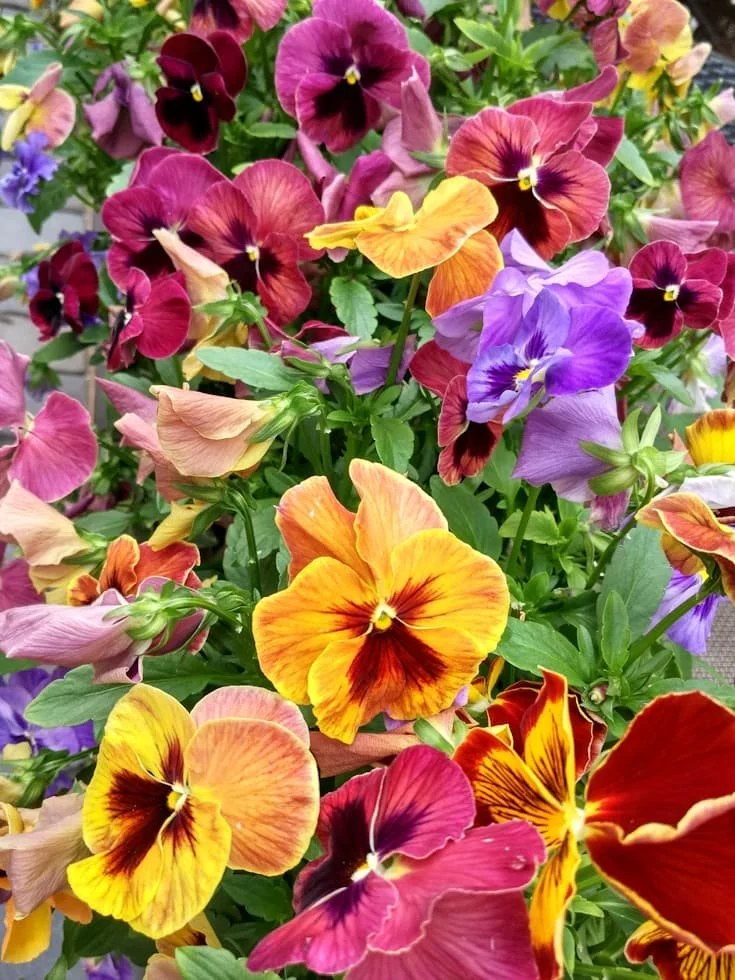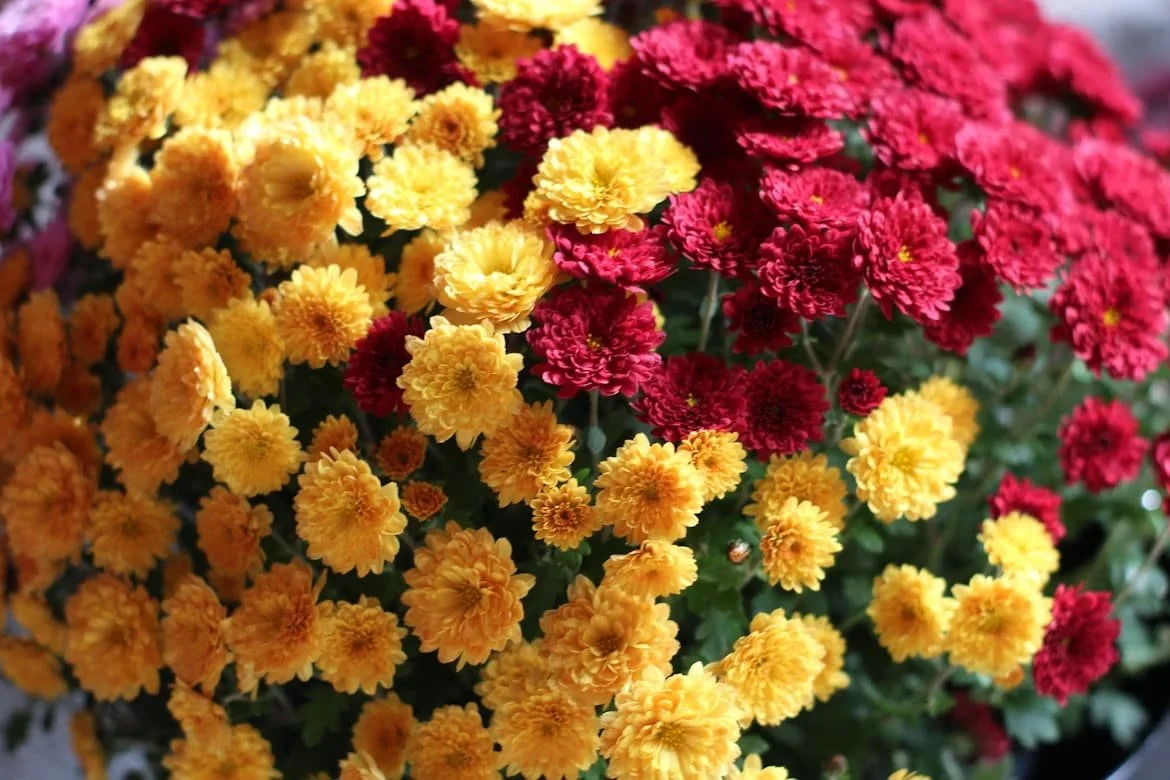Cool-Season Container Gardening: Color and Interest Through Winter
Dear Friend,
By now, the first maple leaves are skittering down the driveway, and the morning air has that sharpness that tells you frost is just around the corner. In many gardens, October marks the winding down of the show — the tomatoes are giving up, the summer annuals are leggy and tired, and the perennials are starting to retreat underground. But that doesn’t mean your porch, patio, or front walk has to go dull until April.
In fact, here in the Southern Appalachians, October is the perfect time to plant cool-season container gardens that will carry color, texture, and life through the winter months and into early spring. With the right plant selection and design, you can have pots that shrug off frosts, hold up under a dusting of snow, and still look good when the first daffodils bloom.
Why Cool-Season Containers Work
We’re blessed with a climate that allows for winter gardening if you choose the right plants. In USDA Zone 7a, average winter lows hover between 0–10°F, with the occasional dip below zero in a cold snap. While that’s too cold for tender tropicals, it’s well within the tolerance range for many hardy ornamentals, especially those bred or selected for winter color.
Cool-season containers also take advantage of a slower growth cycle:
Fewer weeds competing with your plants.
Reduced pest pressure (though not eliminated — aphids and slugs can still show up).
Cooler soil temperatures that support steady, compact growth rather than the lanky stretch of summer.
Step 1: Choosing the Right Container
Not all pots are created equal when it comes to winter use. The freeze-thaw cycle in the mountains can be brutal on porous materials, so here’s what works best:
High-fired glazed ceramic — Attractive and durable if frost-resistant.
Fiberglass or resin — Lightweight and highly weatherproof.
Metal containers — Galvanized steel or powder-coated iron hold up well; watch for excessive soil temperature swings in sunny spots.
Thick plastic nursery pots — Practical for hidden containers or as liners inside decorative pots.
Avoid: Thin terracotta or low-fired clay, which can crack in freezing temperatures. If you must use them, line with a plastic pot and bring them under shelter during hard freezes.
Drainage is non-negotiable — drill extra holes if needed. Wet, frozen soil will kill roots faster than cold air alone.
Step 2: The Soil Science of Winter Containers
Cool-season plants prefer a growing medium that holds moisture without becoming waterlogged. For winter use:
Start with a high-quality potting mix (peat- or coir-based) that includes perlite or pine bark fines for drainage.
Mix in 5–10% finished compost for slow nutrient release.
Add vermiculite if you’re using a wind-exposed location — it helps retain moisture without saturating.
Avoid using garden soil in pots; it compacts and freezes solid, suffocating roots.
Step 3: Plant Selection for Four-Season Interest
The goal is not just to have plants survive winter — but to look good doing it. In design terms, we want thrillers (tall focal points), fillers (medium-height, massing plants), and spillers (trailing plants) that all perform in cold weather.
Thrillers (Height & Structure)
Dwarf conifers (Thuja occidentalis ‘Danica’, Picea glauca ‘Conica’) — Evergreen structure and texture.
Ornamental grasses (Carex oshimensis ‘Evergold’, Festuca glauca) — Hold form through frost; some turn golden in winter.
Red twig dogwood (Cornus sericea) — Colorful stems provide winter contrast.
Fillers (Color & Mass)
Ornamental kale and cabbage (Brassica oleracea var. acephala) — Intensify in color after frost.
Pansies and violas (Viola × wittrockiana, V. cornuta) — Bloom through winter thaws; cut back spent flowers to prolong show.
Evergreen herbs (Rosmarinus officinalis ‘Arp’, Thymus vulgaris) — Both ornamental and culinary; rosemary doubles as a thriller in smaller pots.
Spillers (Trailing Interest)
Ivy (Hedera helix) — Evergreen and resilient; use in moderation due to invasiveness.
Trailing sedums (Sedum rupestre, S. reflexum) — Cold-hardy and drought-tolerant.
Creeping jenny (Lysimachia nummularia ‘Aurea’) — Retains golden tones into early winter.
Step 4: Design Principles for Winter Containers
The Appalachian porch pot tradition has always favored abundance — but too much variety can get lost in winter’s low light. Here’s how to keep your designs strong:
Contrast is king — Use light foliage against dark evergreens or vice versa.
Play with texture — Pair smooth kale leaves with fine ornamental grass blades.
Repetition reads from a distance — Repeat at least one plant type in multiple pots to unify the display.
Mind the scale — Winter containers are often viewed from indoors; choose plants and arrangements that read well from 20 feet away.
Step 5: Planting and Maintenance Schedule
Planting time: Late September to mid-October is ideal. Roots have time to establish before hard freezes.
Watering:
Water deeply after planting.
Reduce frequency as temperatures drop, but don’t let the soil dry out completely — especially in wind-exposed areas.
Fertilization:
Incorporate a slow-release fertilizer at planting (e.g., 14-14-14 at 1 Tbsp per gallon of soil).
Supplemental feeding is minimal in winter; resume liquid feed in early spring as growth resumes.
Protection:
For extreme cold (<15°F), drape frost cloth over tender varieties or move pots into a sheltered location.
Brush off heavy snow to prevent breakage, but allow a light dusting — it acts as insulation.
Step 6: The Science of Winter Blooming Pansies & Violas
A quick horticultural note: many gardeners are surprised that pansies can bloom under snow. These flowers produce antifreeze-like compounds in their cells (proline and soluble sugars) that lower the freezing point of plant tissues. When snow melts and temperatures rise above freezing, they perk right back up — a remarkable adaptation that makes them perfect for winter color.
Step 7: From Winter into Spring
One of the advantages of cool-season containers is that they can transition into spring without a complete overhaul. For example:
Replace spent kale with spring bulbs planted underneath in fall.
Interplant pansies with emerging tulips or daffodils.
Use dwarf conifers as permanent features, simply swapping seasonal fillers and spillers around them.
This rotation keeps your containers profitable if you’re selling planted arrangements — or simply satisfying if you’re keeping them at home.
A Unicorn Farm Example
Last October at Unicorn Farm, we trialed a set of winter containers for the nursery entrance:
Thriller: Thuja occidentalis ‘Danica’
Fillers: Ornamental cabbage ‘Osaka Red’, pansies ‘Delta Pure Yellow’
Spiller: Creeping jenny ‘Aurea’
Planted in glazed ceramic pots, they held color from October through late March. In April, we swapped the cabbages for ‘Pink Impression’ tulips we’d pre-planted beneath, and the display carried right into May.
The maintenance? Minimal — monthly deadheading of pansies, watering every 10–14 days in winter dry spells, and a single frost cloth drape during a 5°F cold snap in January.
Closing Thoughts
Winter can be a quieter season in the garden, but it doesn’t have to be a dormant one. A well-designed cool-season container is a small act of defiance against the gray — a reminder that life and beauty persist even in the coldest months.
So if you’re looking at empty pots this week, don’t store them away just yet. Fill them with color, texture, and resilience — and let them carry you, and your garden, right through until spring.
Yours through all seasons,
Unicorn Farm Nursery & Landscaping

